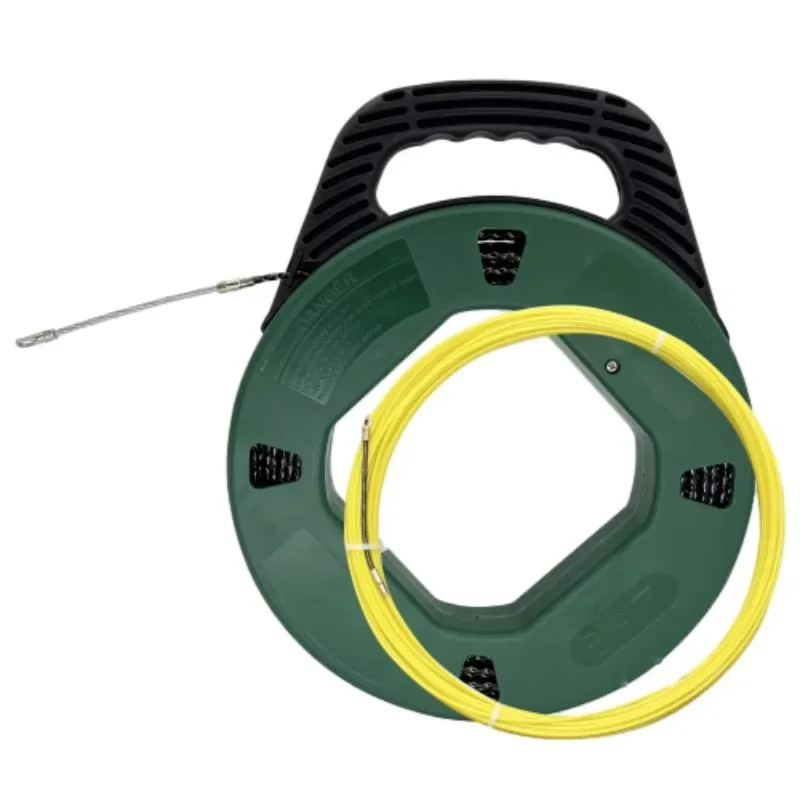
-
 Afrikaans
Afrikaans -
 Albanian
Albanian -
 Amharic
Amharic -
 Arabic
Arabic -
 Armenian
Armenian -
 Azerbaijani
Azerbaijani -
 Basque
Basque -
 Belarusian
Belarusian -
 Bengali
Bengali -
 Bosnian
Bosnian -
 Bulgarian
Bulgarian -
 Catalan
Catalan -
 Cebuano
Cebuano -
 Corsican
Corsican -
 Croatian
Croatian -
 Czech
Czech -
 Danish
Danish -
 Dutch
Dutch -
 English
English -
 Esperanto
Esperanto -
 Estonian
Estonian -
 Finnish
Finnish -
 French
French -
 Frisian
Frisian -
 Galician
Galician -
 Georgian
Georgian -
 German
German -
 Greek
Greek -
 Gujarati
Gujarati -
 Haitian Creole
Haitian Creole -
 hausa
hausa -
 hawaiian
hawaiian -
 Hebrew
Hebrew -
 Hindi
Hindi -
 Miao
Miao -
 Hungarian
Hungarian -
 Icelandic
Icelandic -
 igbo
igbo -
 Indonesian
Indonesian -
 irish
irish -
 Italian
Italian -
 Japanese
Japanese -
 Javanese
Javanese -
 Kannada
Kannada -
 kazakh
kazakh -
 Khmer
Khmer -
 Rwandese
Rwandese -
 Korean
Korean -
 Kurdish
Kurdish -
 Kyrgyz
Kyrgyz -
 Lao
Lao -
 Latin
Latin -
 Latvian
Latvian -
 Lithuanian
Lithuanian -
 Luxembourgish
Luxembourgish -
 Macedonian
Macedonian -
 Malgashi
Malgashi -
 Malay
Malay -
 Malayalam
Malayalam -
 Maltese
Maltese -
 Maori
Maori -
 Marathi
Marathi -
 Mongolian
Mongolian -
 Myanmar
Myanmar -
 Nepali
Nepali -
 Norwegian
Norwegian -
 Norwegian
Norwegian -
 Occitan
Occitan -
 Pashto
Pashto -
 Persian
Persian -
 Polish
Polish -
 Portuguese
Portuguese -
 Punjabi
Punjabi -
 Romanian
Romanian -
 Russian
Russian -
 Samoan
Samoan -
 Scottish Gaelic
Scottish Gaelic -
 Serbian
Serbian -
 Sesotho
Sesotho -
 Shona
Shona -
 Sindhi
Sindhi -
 Sinhala
Sinhala -
 Slovak
Slovak -
 Slovenian
Slovenian -
 Somali
Somali -
 Spanish
Spanish -
 Sundanese
Sundanese -
 Swahili
Swahili -
 Swedish
Swedish -
 Tagalog
Tagalog -
 Tajik
Tajik -
 Tamil
Tamil -
 Tatar
Tatar -
 Telugu
Telugu -
 Thai
Thai -
 Turkish
Turkish -
 Turkmen
Turkmen -
 Ukrainian
Ukrainian -
 Urdu
Urdu -
 Uighur
Uighur -
 Uzbek
Uzbek -
 Vietnamese
Vietnamese -
 Welsh
Welsh -
 Bantu
Bantu -
 Yiddish
Yiddish -
 Yoruba
Yoruba -
 Zulu
Zulu


Oct . 31, 2024 07:25 Back to list
charging electroscope
Charging an Electroscope Understanding Electrostatics
An electroscope is a simple yet fascinating scientific instrument used to detect electric charge. It operates on the principles of electrostatics, which is the study of stationary electric charges. This article will explore the process of charging an electroscope, explaining the underlying concepts and demonstrating its significance in understanding electric forces.
Charging an Electroscope Understanding Electrostatics
There are two primary methods for charging an electroscope by conduction and by induction. Charging by conduction involves physically touching the electroscope with a charged object. For example, if a negatively charged rod is brought into contact with the metal rod of the electroscope, the excess electrons from the rod will transfer to the electroscope. As a result, both the rod and the electroscope become negatively charged, causing the leaves to repel each other and move apart.
charging electroscope

On the other hand, charging by induction does not require direct contact. In this case, a charged object is brought near the electroscope without touching it. If a positively charged rod is held close to the electroscope, it will attract the electrons within the device towards the top, which creates an excess of positive charge at the leaves. If the leaves are then grounded by touching them with a finger while the positively charged rod is still nearby, electrons from the ground will flow into the leaves, neutralizing some of the positive charge. When the grounding is removed and then the charged rod is taken away, the electroscope will retain a net negative charge.
Observing the behavior of the electroscope illustrates fundamental principles of electrostatics, such as charge interactions and conservation of electric charge. When the leaves separate, it indicates that the electroscope has been charged, and the degree of separation correlates with the amount of charge present. The further apart the leaves are, the greater the charge.
Additionally, electroscopes serve as an educational tool to demonstrate the concepts of conductors and insulators. Metals are good conductors of electricity, allowing charges to move freely. In contrast, materials like rubber or glass are insulators, preventing charge movement. This differentiation can be highlighted in experiments where the electroscope is charged by different methods, showcasing how various materials interact with electric charge.
In conclusion, charging an electroscope provides insight into the fascinating world of electrostatics. Understanding how charges move and interact not only enhances our knowledge of fundamental physics principles but also offers practical applications in various fields, including electronics and materials science. The electroscope remains a crucial educational tool, introducing students and curious minds to the principles of electricity in a hands-on manner. As we continue to explore the realm of electric charges, instruments like the electroscope remind us of the invisible forces that govern our world.
Latest news
What Are Construction Tools and How Are They Used?
NewsJul.11,2025
Professional-Grade Duct Rodding Tools for Superior Cable Installation
NewsJul.11,2025
Enhancing Safety and Efficiency with Modern Hot Stick Solutions
NewsJul.11,2025
Empowering Cable Installation with Advanced Rodder Solutions
NewsJul.11,2025
Elevate Your Cable Installation Projects with Cable Pulling Tools
NewsJul.11,2025
Efficient Cable Handling Solutions: Cable Rollers for Sale
NewsJul.11,2025











